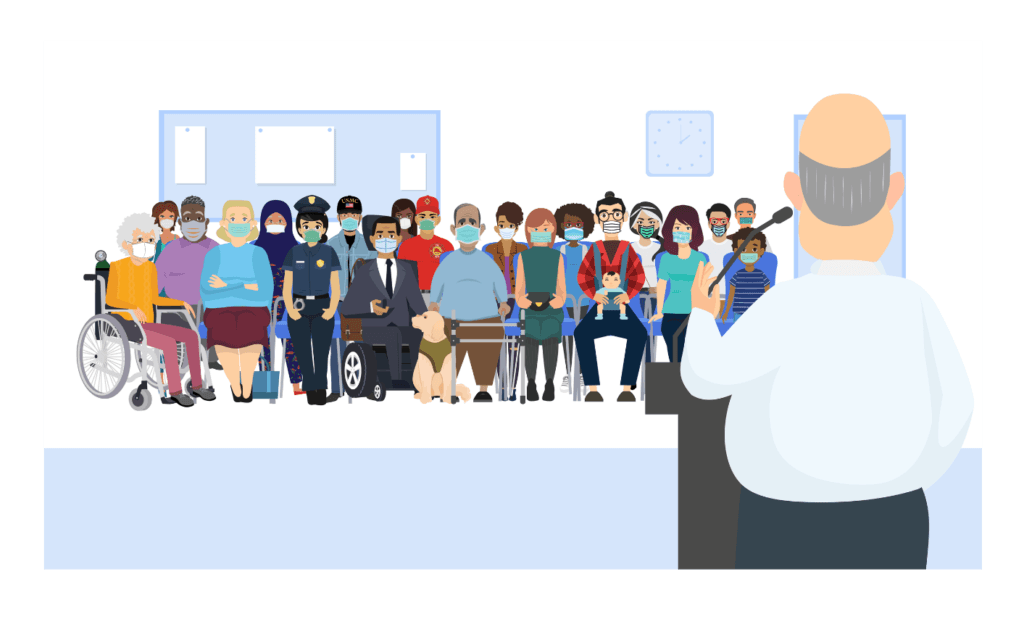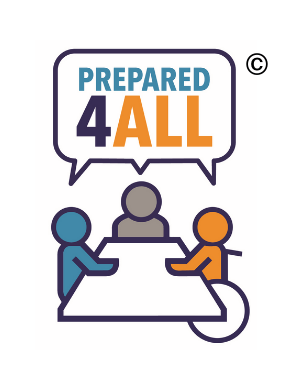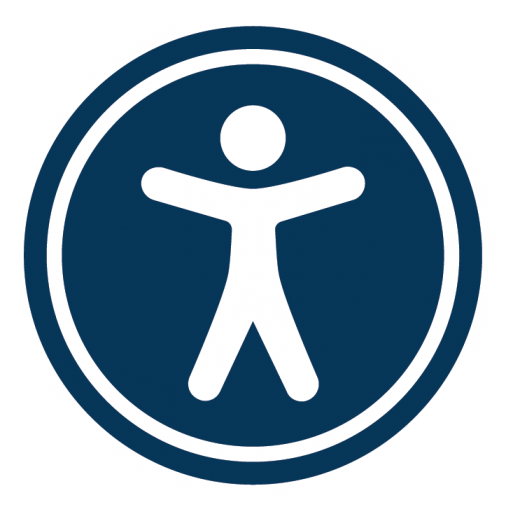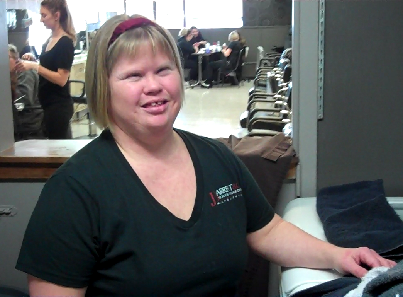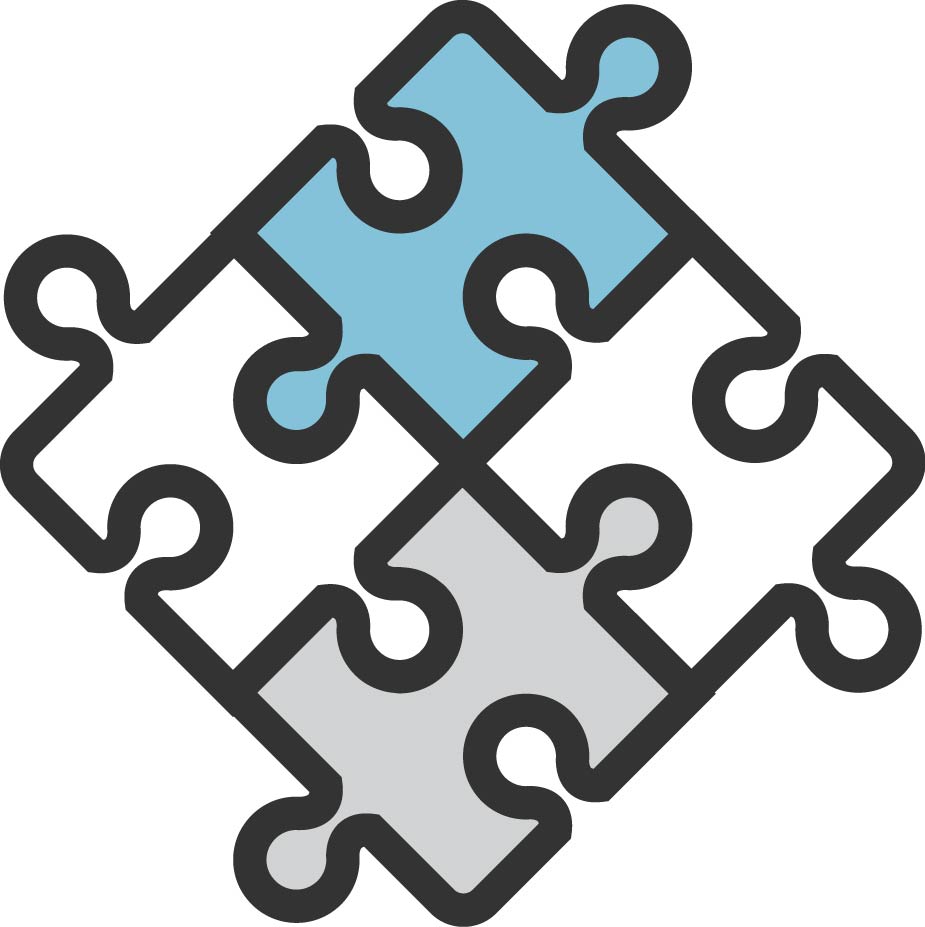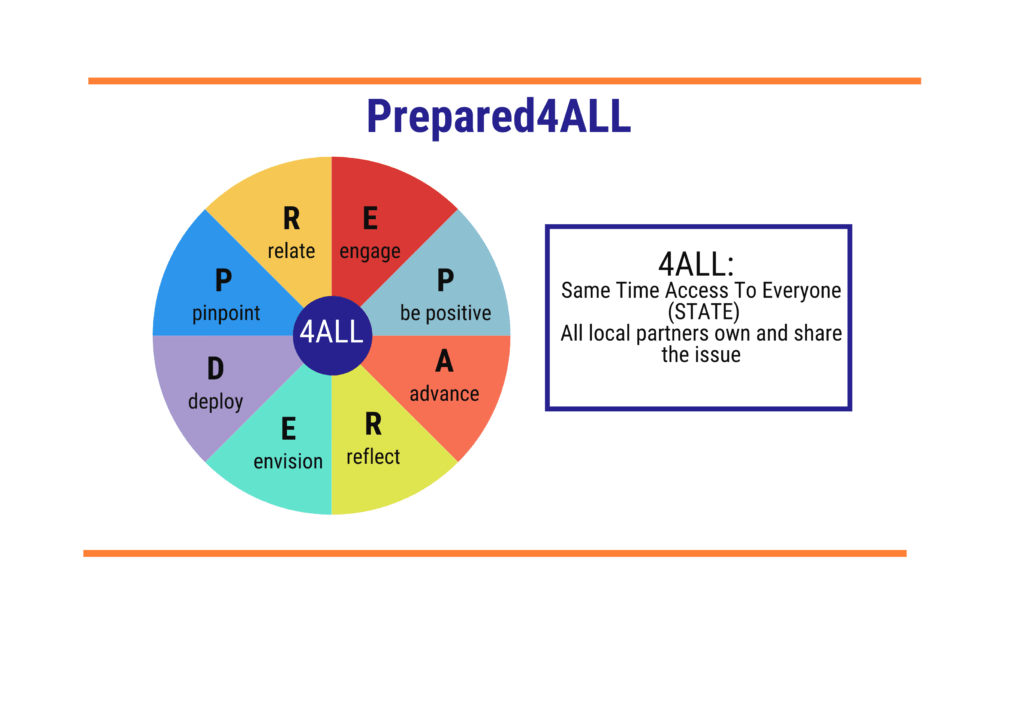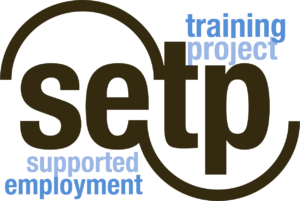An introduction to the administration and scoring of the HELP®, a curriculum-based assessment approved for use for KY Early Intervention System providers and published by VORT Corporation. The course is estimated to take 5 hours to complete and provides an overview of the features of the HELP®. Course materials must be purchased prior to enrollment from VORT at www.vort.com.
This online course introduces providers to the administration and scoring of the HELP®, a curriculum-based assessment approved for use for KEIS providers and published by VORT Corporation. The course is estimated to take 5 hours to complete, and provides an overview to the features of the HELP®. Course materials must be purchased prior to enrollment from VORT at www.vort.com.
Important Note:
This course was developed based on the bound version of the manual published by the VORT Corporation. The course can be completed with the unbound version as well as the version published by Shine Early Learning, although the page numbers may not match up, you may need to make sure to locate the correct domains and items in those versions.
Course Outline
- Section 1: Components of the HELP® 0-3 System (30 minutes)
- Section 2: HELP® System Unique Features (30 minutes)
- Section 3: Assessment Procedures and Crediting with the HELP® (1 hour, 30 minutes)
- Section 4: Practice, Practice, Practice (2 hours)
- Section 5: Conclusion (30 minutes)
Training Outcomes
- Gain knowledge of the various resources available related to the Hawaii Early Learning Profile (HELP)® for Birth – 3 Years;
- Describe methods for collecting information and the types of information to collect during the HELP® assessment process;
- Observe various video clips and credit children’s skills using the HELP® Strands protocol;
- Locate resources for determining approximate Developmental Age Levels for the HELP®
Workplace Outcomes
After completing this course, you will possess the skills to:
- Identify components of the HELP® 0-3 Curriculum-Based Assessment System;
- Describe the components of the HELP® Strands and Checklist for children aged birth to three years;
- Assess a child using the HELP® 0-3.
Target Audience
- Early Intervention
- Preschool Teachers
Content developed by: Caroline Gooden and Carol Schroeder, Human Development Institute, University of Kentucky in consultation with Stephanie Parks, Inside HELP® author.
Sponsored by: Cabinet for Health and Family Services, Department of Public Health
Hours: 5, approved for early intervention and child care licensing renewal

